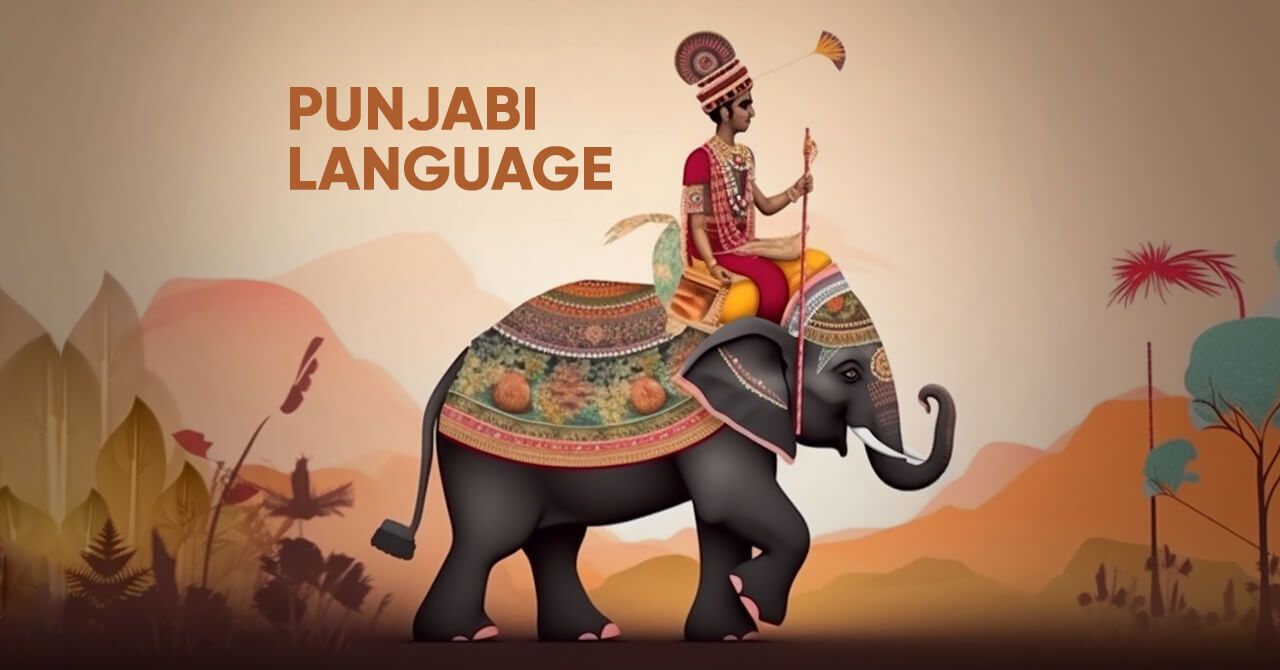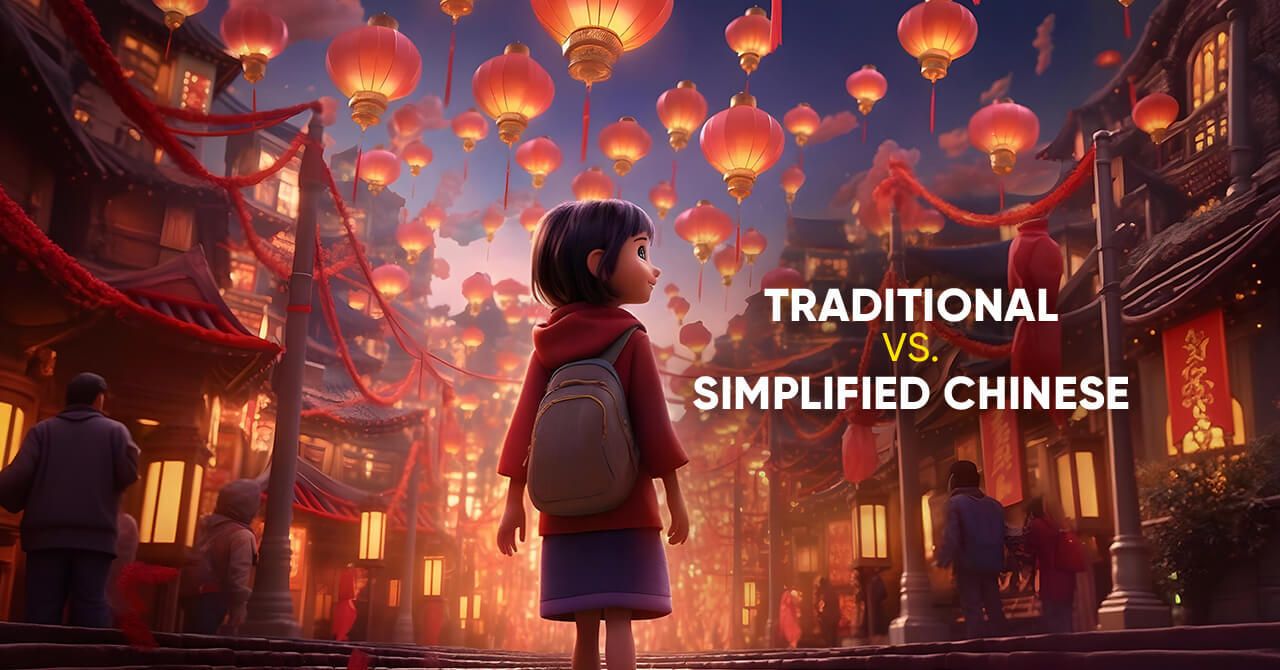
The Cultural Heritage of Punjab and the Punjabi Language
Punjab’s cultural heritage and the Punjabi language are essential parts of India’s rich cultural tapestry.
Punjab, a state in northern India, is known for its rich cultural heritage and the Punjabi language. The state is home to a diverse range of people, including Hindus, Muslims, and Sikhs, who have contributed to the unique cultural identity of Punjab. In this article, we will explore the cultural heritage of Punjab and the importance of the Punjabi language.
Punjab’s culture
Punjab has a long and rich history, dating back to the Indus Valley Civilization. The region has been ruled by various empires and dynasties, including the Mauryan Empire, the Mughal Empire, and the British Empire. Each of these rulers has left its mark on Punjab’s culture, architecture, and traditions.
Religion
One of the most significant contributions to Punjab’s cultural heritage is the Sikh religion. The founder of Sikhism, Guru Nanak Dev, was born in Punjab in the 15th century. Religion emphasizes the importance of equality, community service, and devotion to God. The Golden Temple, located in the city of Amritsar, is the holiest site for Sikhs and is a symbol of the religion’s rich history and culture.
Dance traditions
Punjab is also known for its vibrant music and dance traditions. Bhangra, a traditional dance form, originated in Punjab and is now popular worldwide. The dance is performed to the beat of the dhol, a traditional drum, and is often accompanied by singing and clapping. Other popular dance forms in Punjab include Giddha, Jhumar, and Sammi.
The Punjabi language
The Punjabi language is an essential part of Punjab’s cultural heritage. It is the official language of the state and is spoken by over 100 million people worldwide. Punjabi is a tonal language, meaning that the tone of a word can change its meaning. The language has a rich literary tradition, with works dating back to the 12th century.
Literature
Punjabi literature includes poetry, prose, and folk tales. The works of Punjabi poets such as Baba Farid, Bulleh Shah, and Waris Shah are still popular today and are often recited at cultural events. Punjabi literature has also been translated into other languages, including English, Hindi, and Urdu.
Music
The Punjabi language has also had a significant impact on popular culture. Punjabi music, particularly Bhangra, has become popular worldwide and has influenced other genres, such as hip-hop and reggae. Punjabi films, known as “Pollywood,” are also popular in India and have gained a following in other countries.
Punjabi became less popular
Despite its rich cultural heritage, Punjab has faced challenges preserving its traditions and language. The state has undergone significant urbanization and modernization in recent years, leading to a decline in traditional practices and language use. Many young people in Punjab are now more comfortable speaking Hindi or English than Punjabi.
To address this issue, the government of Punjab has launched various initiatives to promote the Punjabi language and culture. The state has established Punjabi language academies and institutes to promote the language’s use and study. The government has also encouraged the use of Punjabi in schools and universities and has made it mandatory for government employees to have a working knowledge of the language.
Conclusion
In conclusion, Punjab’s cultural heritage and the Punjabi language are essential parts of India’s rich cultural tapestry. The state’s history, religion, music, dance, and literature have contributed to its unique identity and have influenced popular culture worldwide. While there are challenges in preserving these traditions, the government’s efforts to promote the Punjabi language and culture are a step in the right direction. It is essential to recognize and celebrate Punjab’s cultural heritage to ensure that it continues to thrive for generations to come.
I am a writer and poet. I have written many articles on linguistics and also I've been teaching Languages both online and in person for last 5 years.

